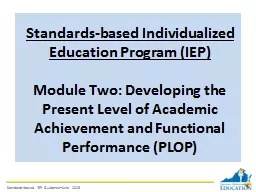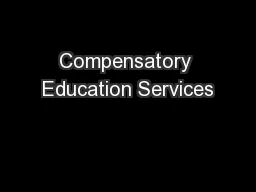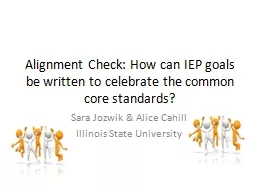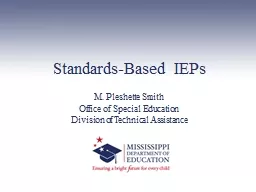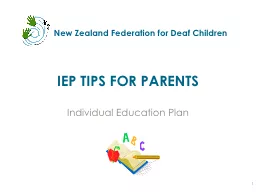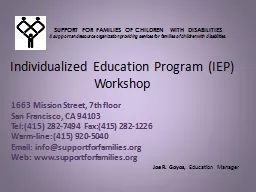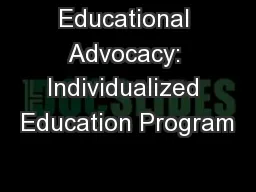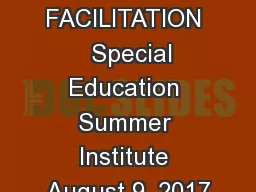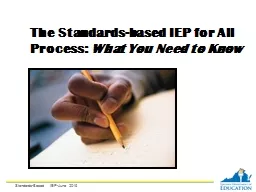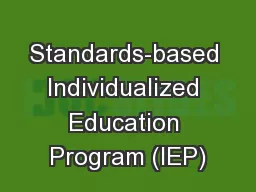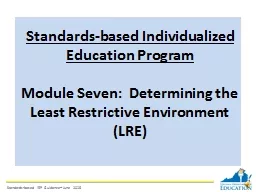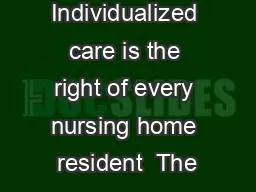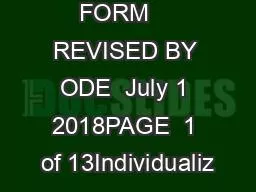PPT-Standards-based Individualized Education Program (IEP)
Author : mitsue-stanley | Published Date : 2018-02-20
Module Two Developing the Present Level of Academic Achievement and Functional Performance PLOP Standardsbased IEP GuidanceJune 2016 Standardsbased IEP GuidanceJune
Presentation Embed Code
Download Presentation
Download Presentation The PPT/PDF document "Standards-based Individualized Education..." is the property of its rightful owner. Permission is granted to download and print the materials on this website for personal, non-commercial use only, and to display it on your personal computer provided you do not modify the materials and that you retain all copyright notices contained in the materials. By downloading content from our website, you accept the terms of this agreement.
Standards-based Individualized Education Program (IEP): Transcript
Download Rules Of Document
"Standards-based Individualized Education Program (IEP)"The content belongs to its owner. You may download and print it for personal use, without modification, and keep all copyright notices. By downloading, you agree to these terms.
Related Documents

